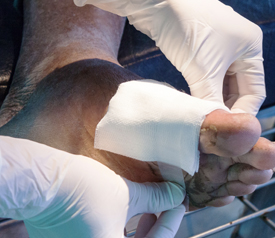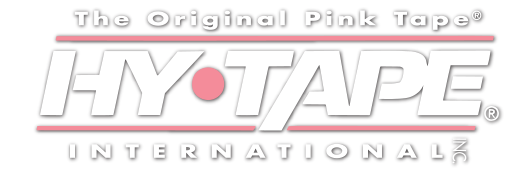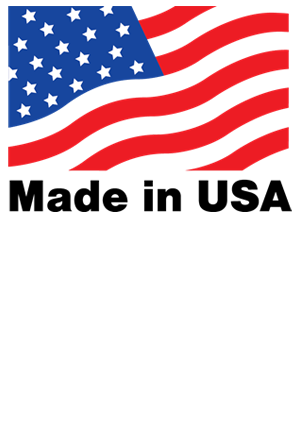
Arterial ulcers are the second most common type of lower extremity ulcer and account for approximately 10% of leg ulcers. Understanding the pathophysiology of arterial ulcers has always been a clinical challenge. Treating these wounds can be incredibly difficult because they are painful and prone to complications, such as infection and necrosis. Even with the best possible care, between 25% and 50% of foot and leg ulcers are not fully healed after six months. However, the healing conditions can be optimized by following clinical best practices for early identification and their treatment. Selecting appropriate dressings can help to maintain a moist environment that enables undisturbed granulation and epithelialization in arterial ulcers.
Ulcers—especially non-healing, chronic ulcers—often require intensive follow-up to ensure that the wound bed has optimal conditions conducive to healing. A standard tool for management of these types of wounds is The TIMERS framework:
- Tissue management
- Infection or inflammation
- Moisture balance
- Edge or epithelialization
- Repair or regeneration
- Social factors
“Dressings and medical adhesives are integral components of any comprehensive treatment plan for arterial ulcers. They are widely used in wound care to protect the wound and promote healing by influencing the local wound environment.”
Arterial ulcers are incredibly painful for patients, and they are often complex wounds to treat, particularly if they have a mixed etiology. Adhering to best practice guidelines and treatment practices for arterial ulcers is a crucial strategy in achieving positive patient outcomes. Download this White Paper from our partners at WoundSource.

